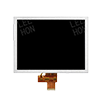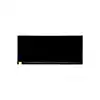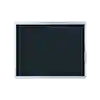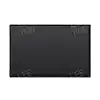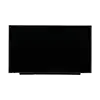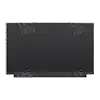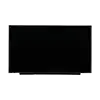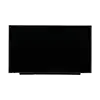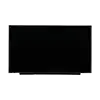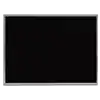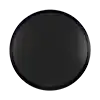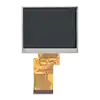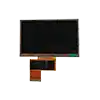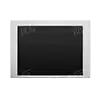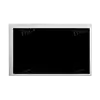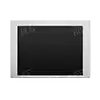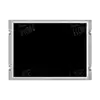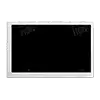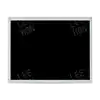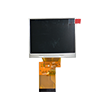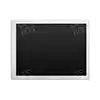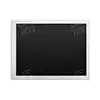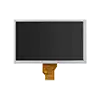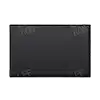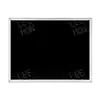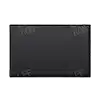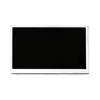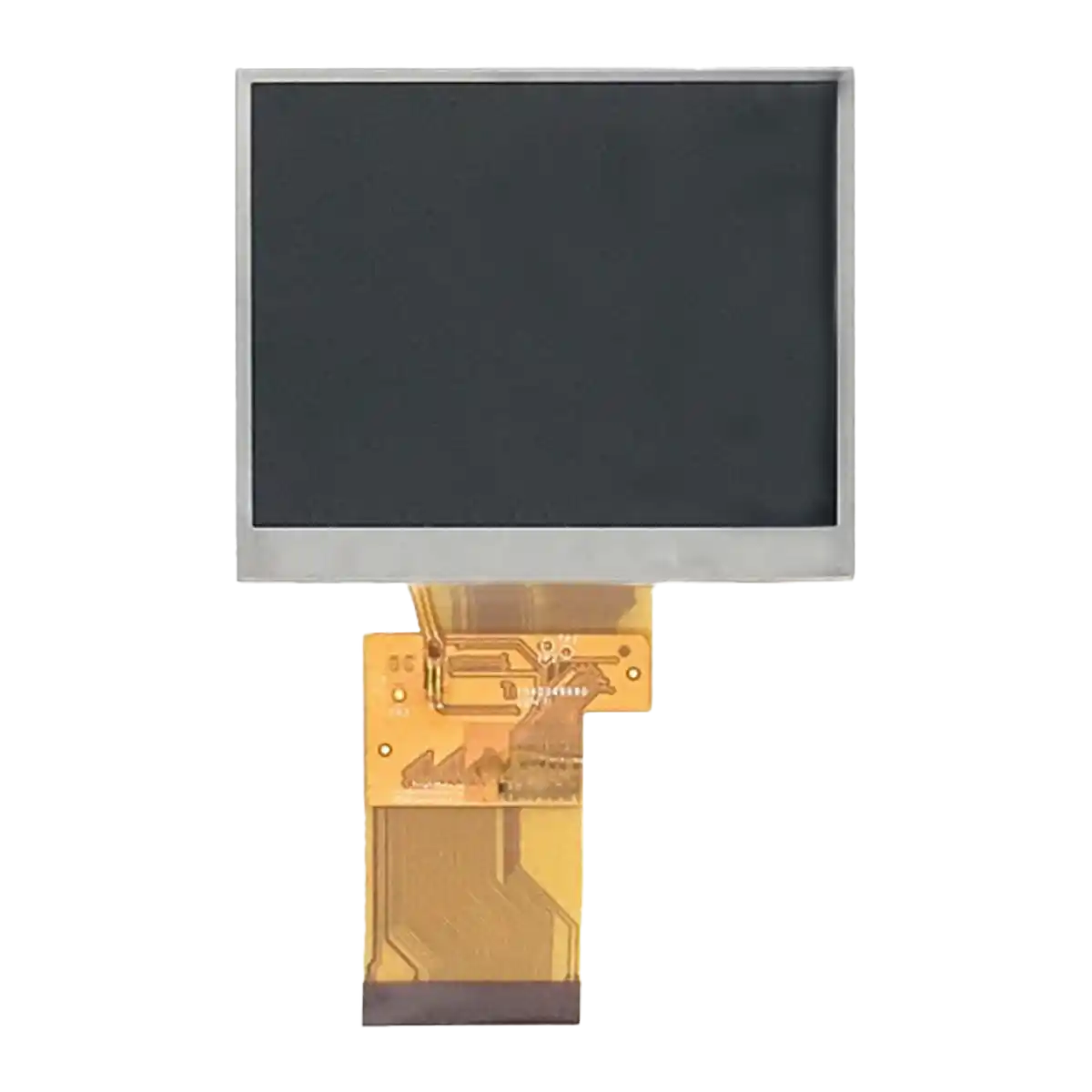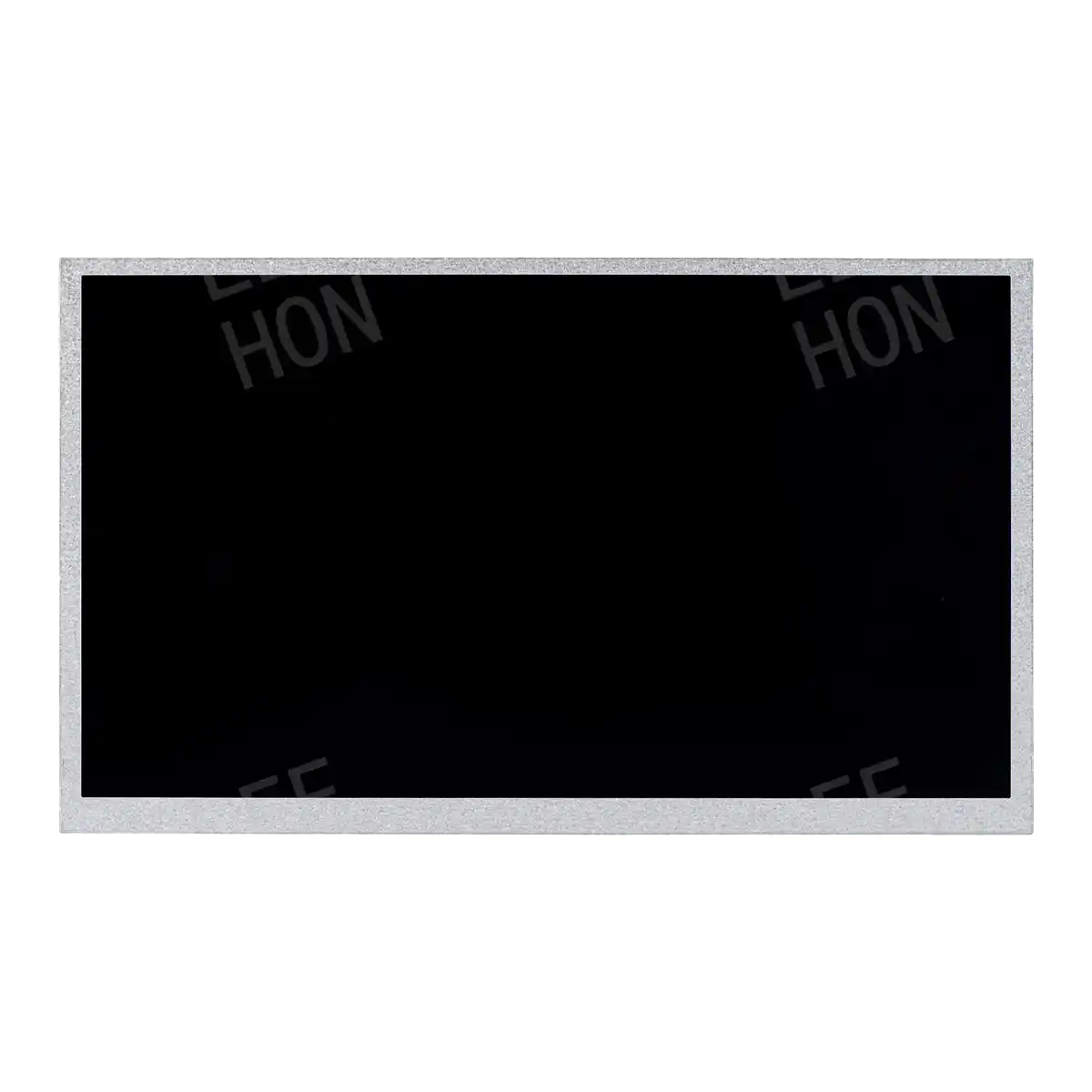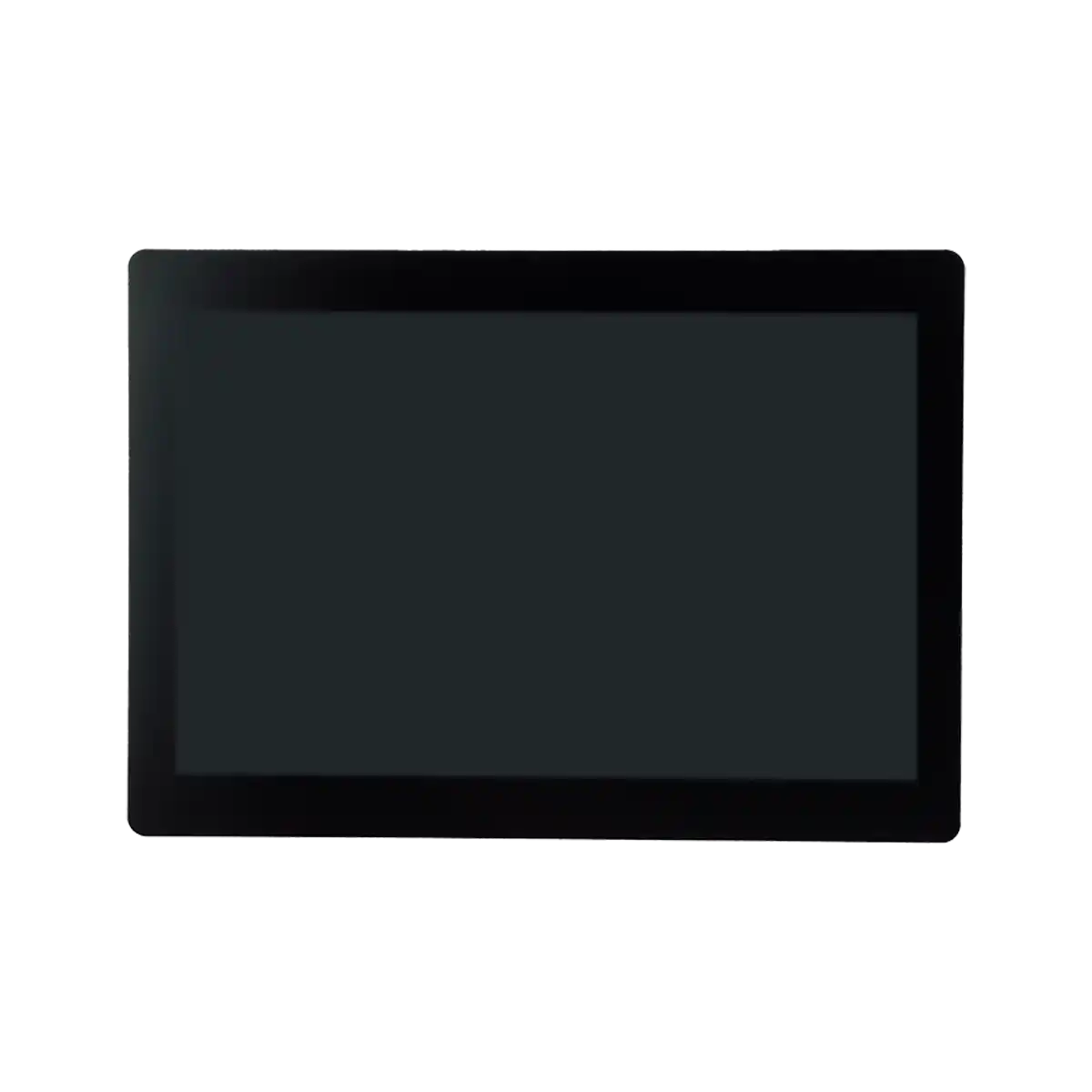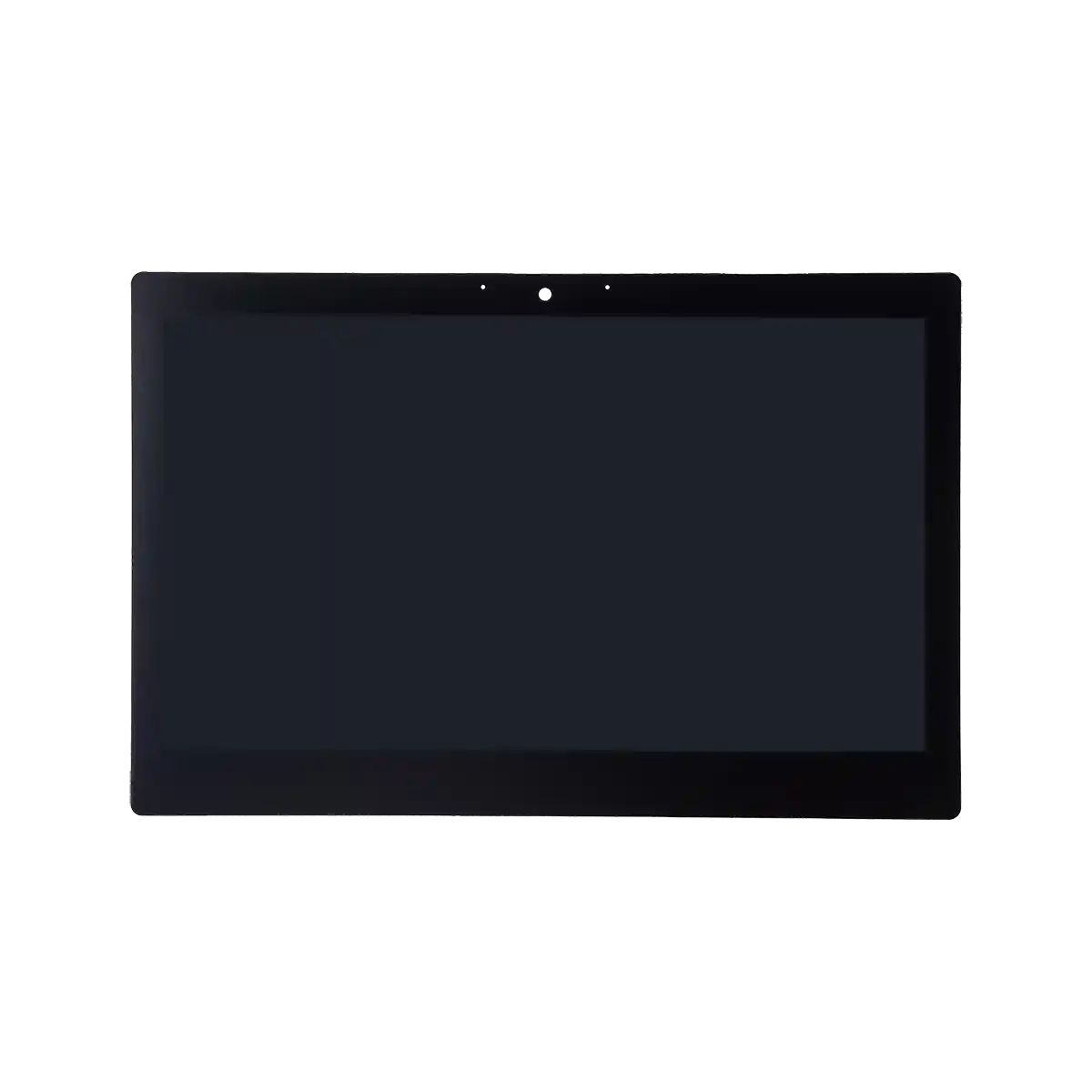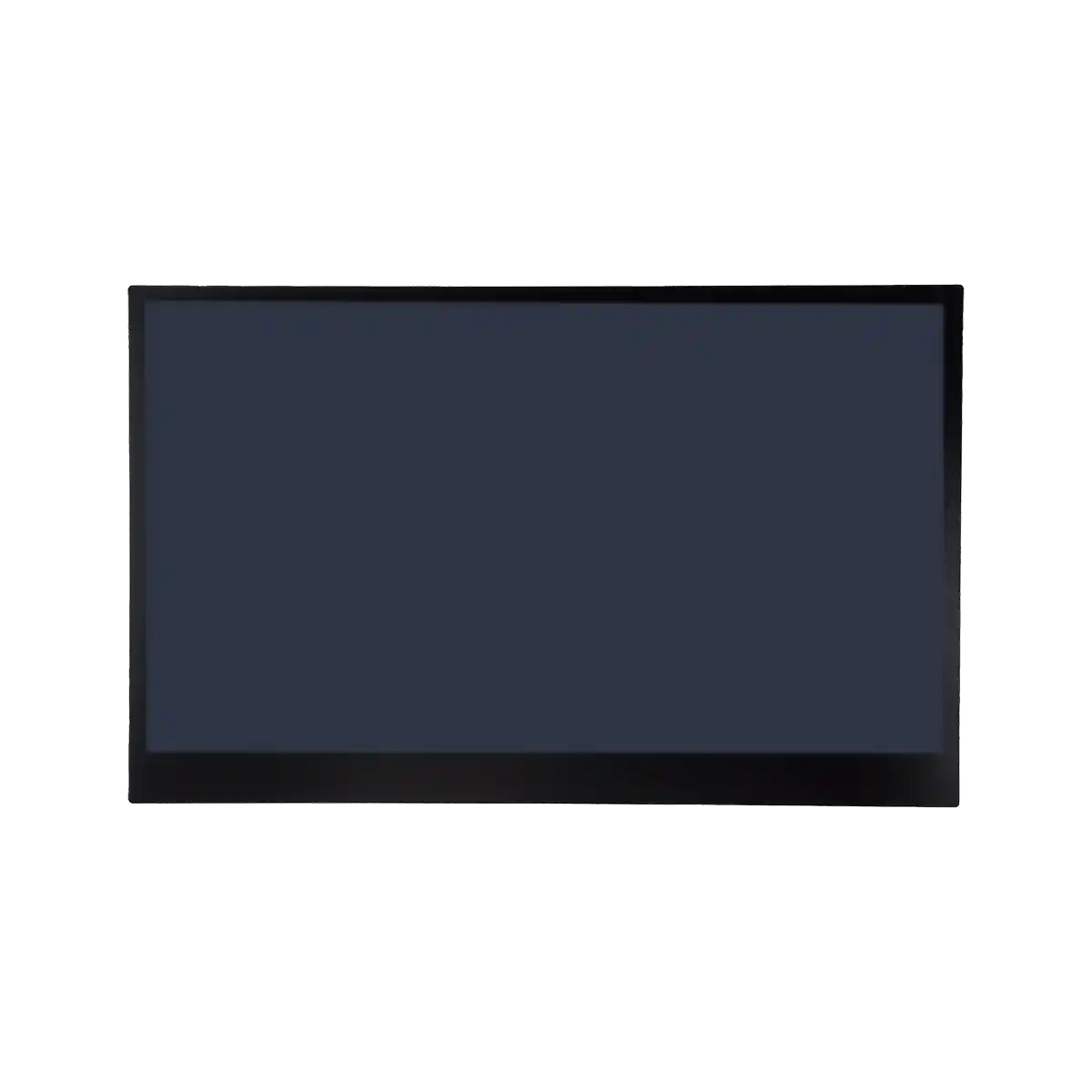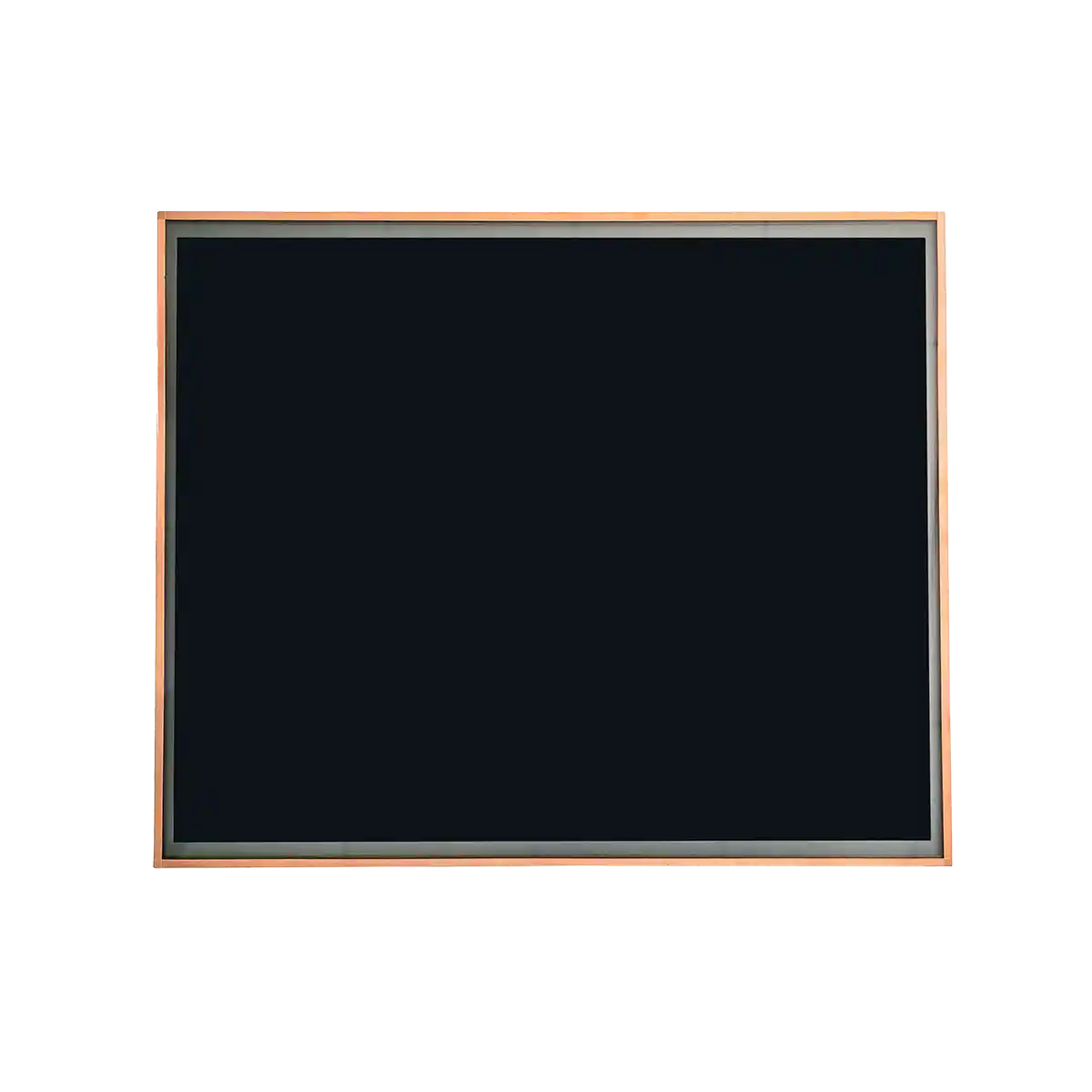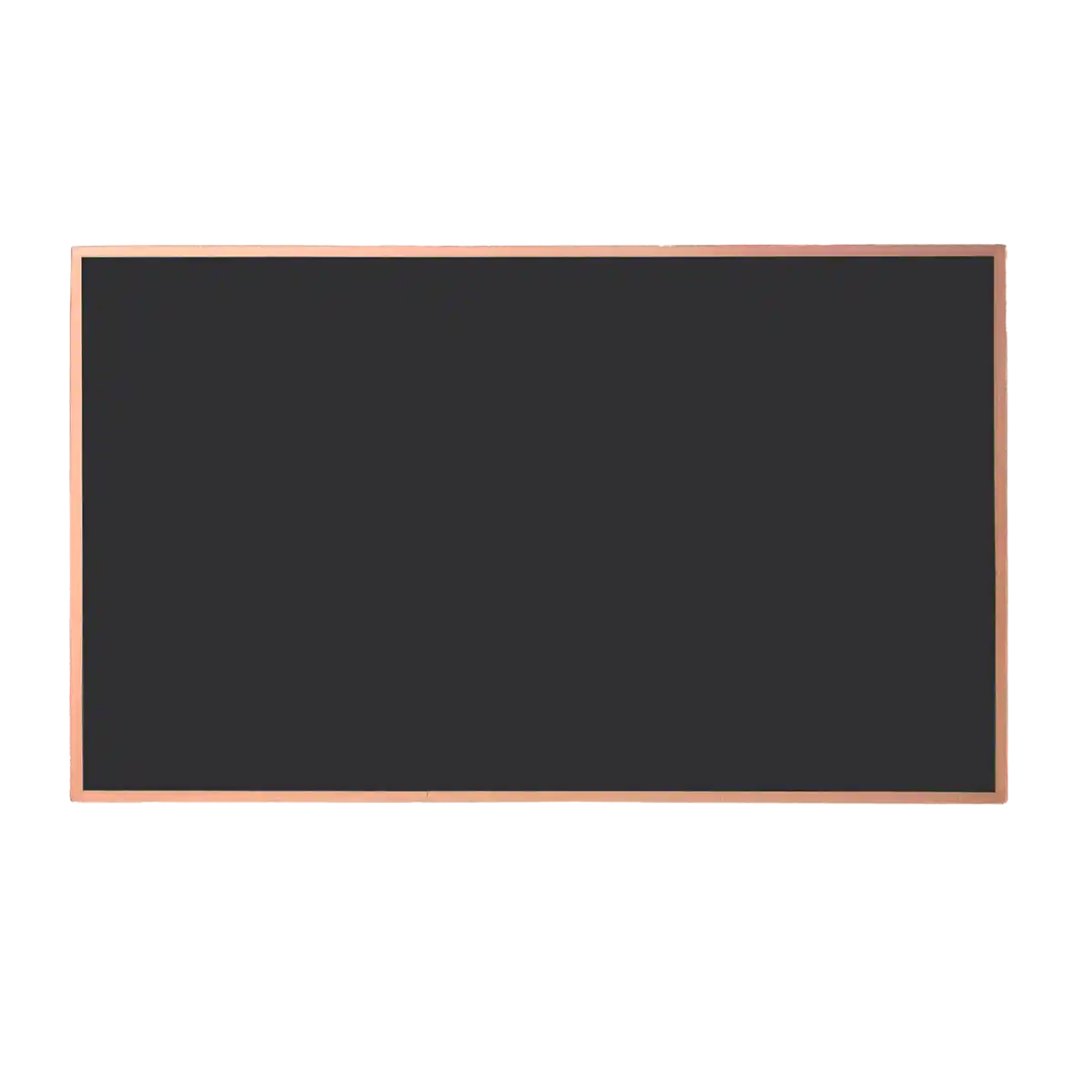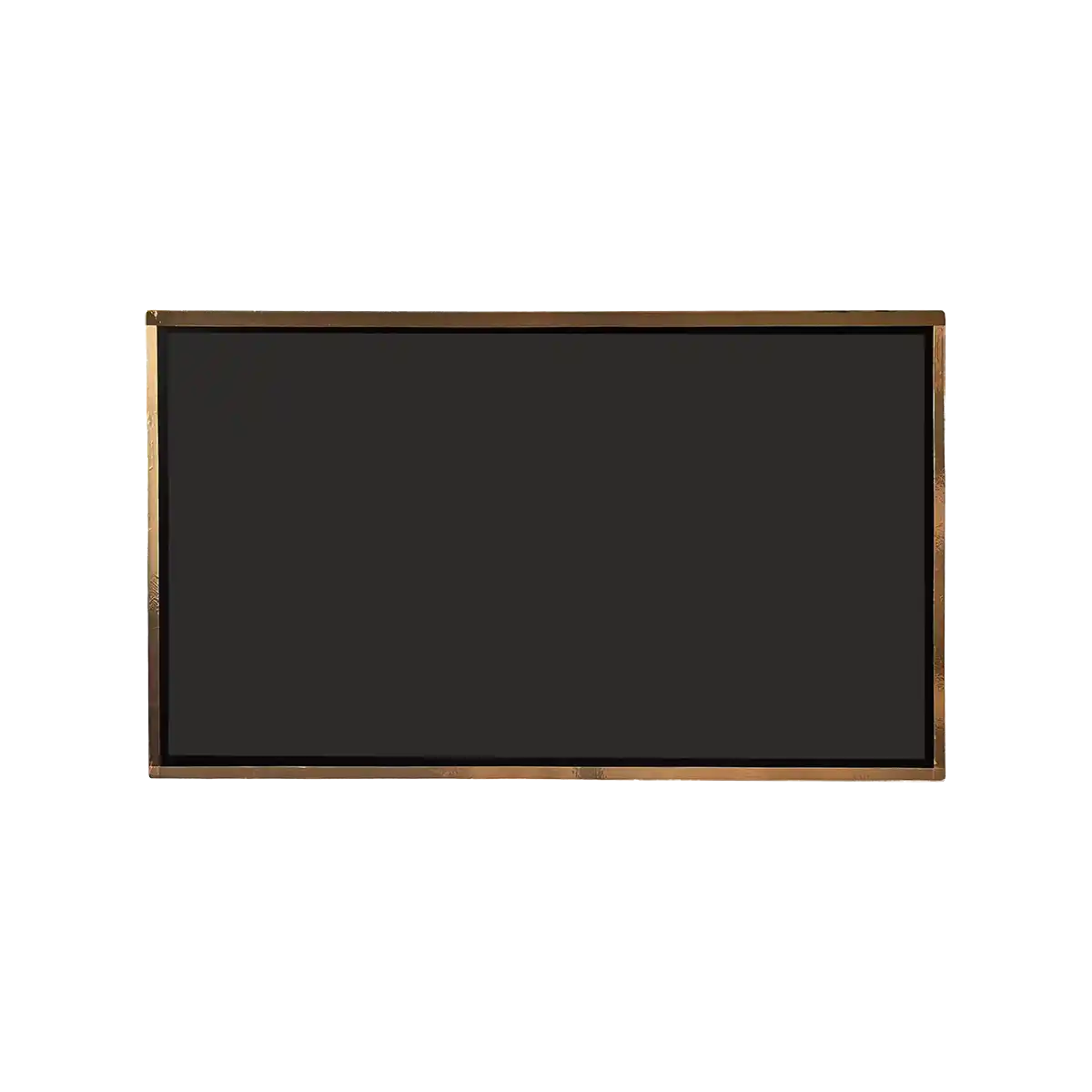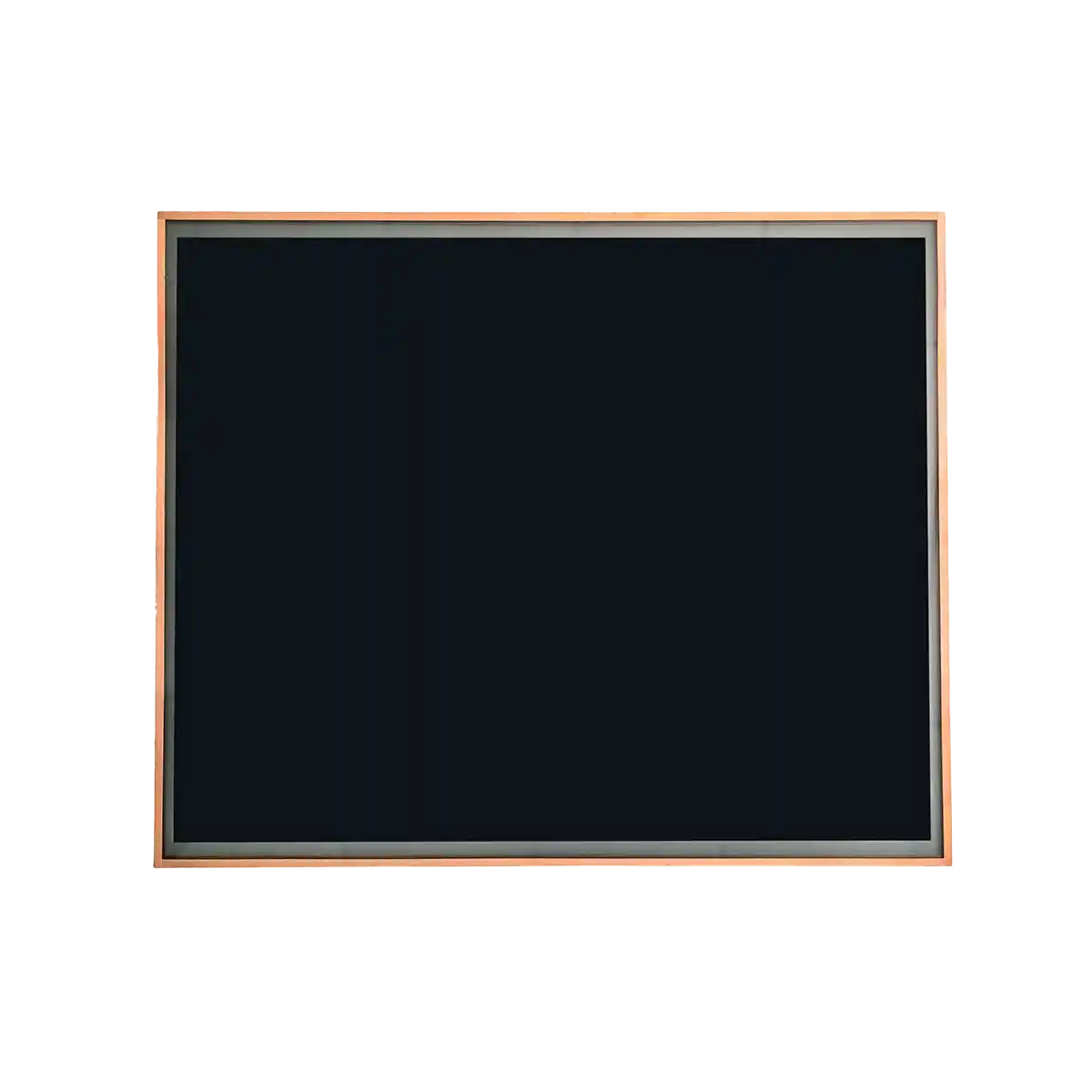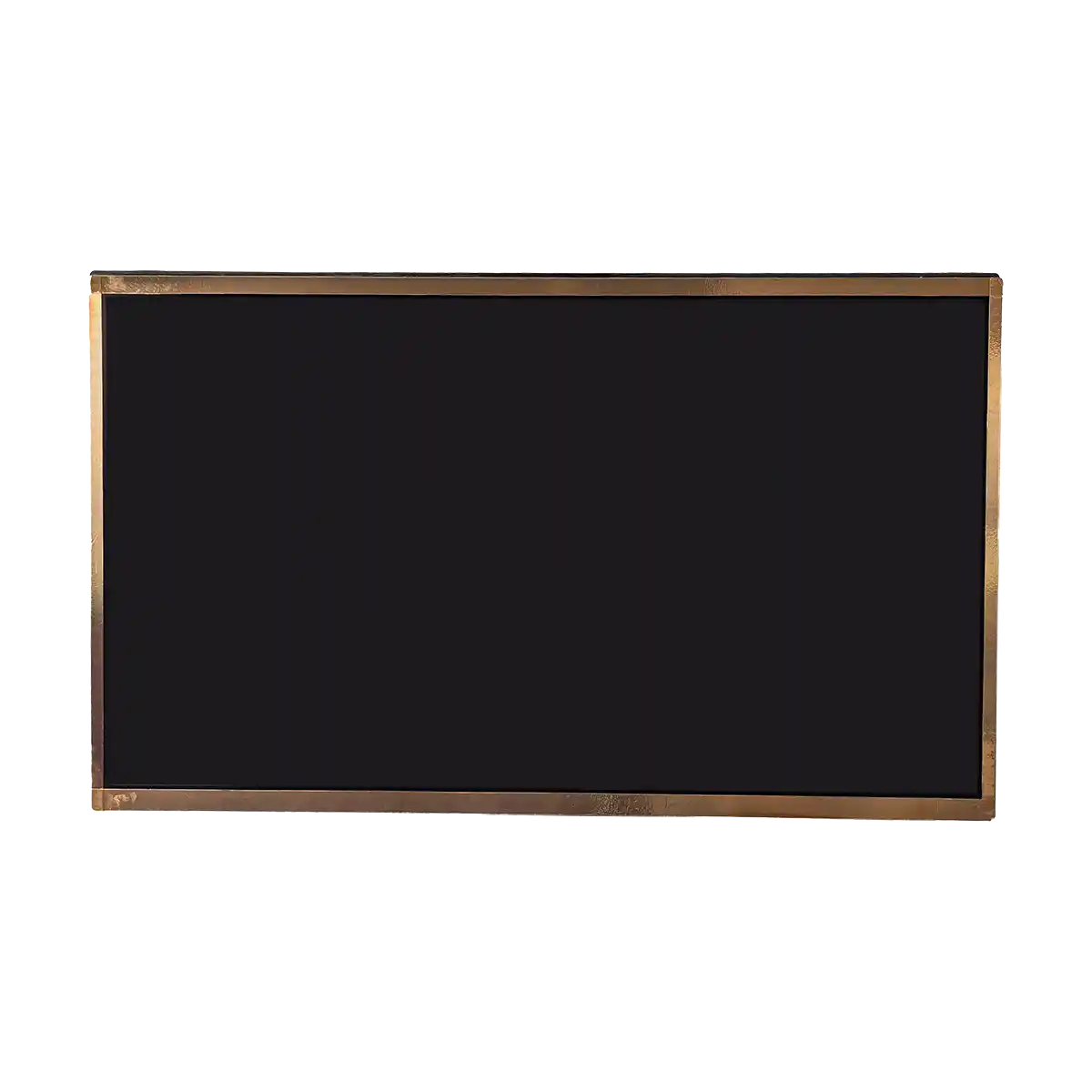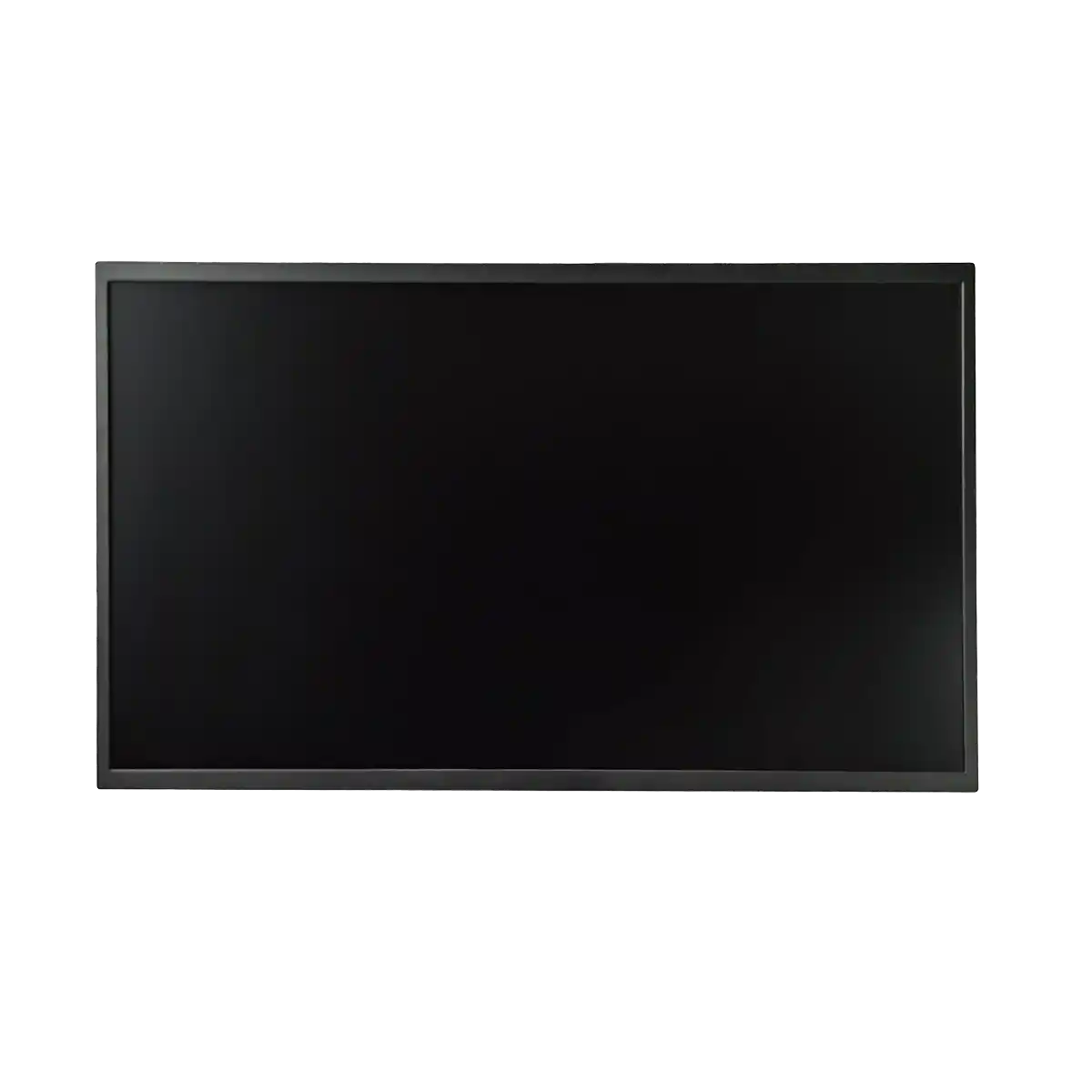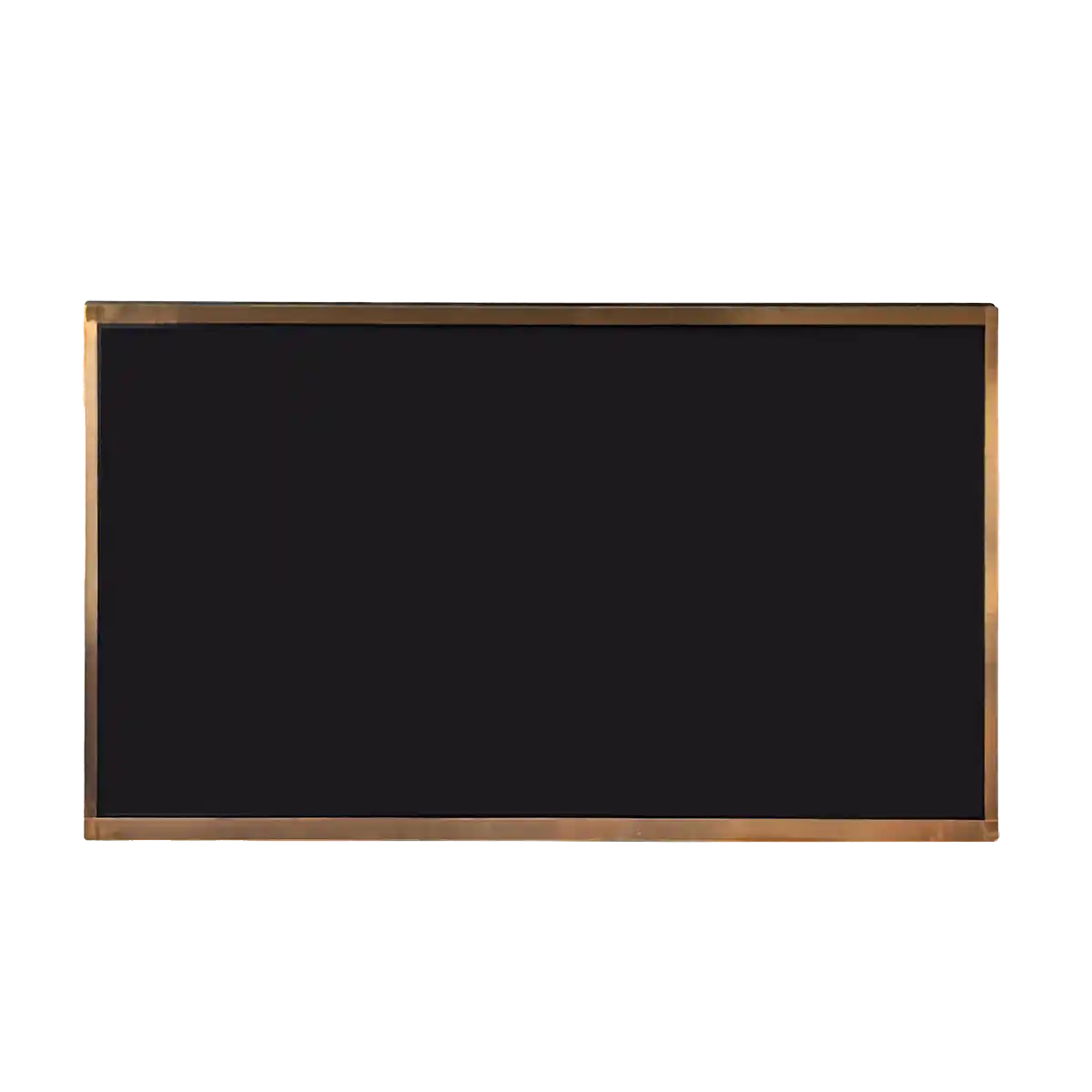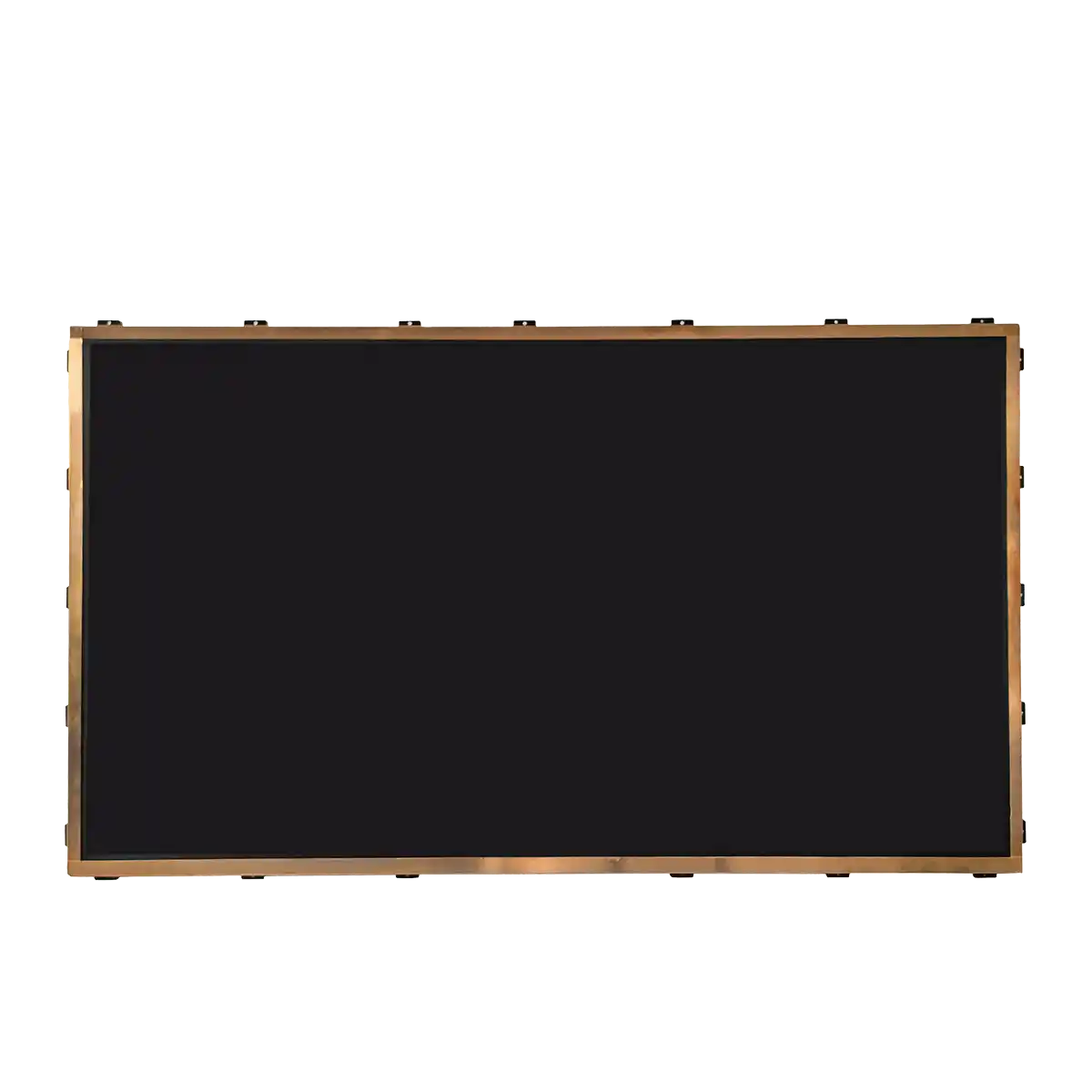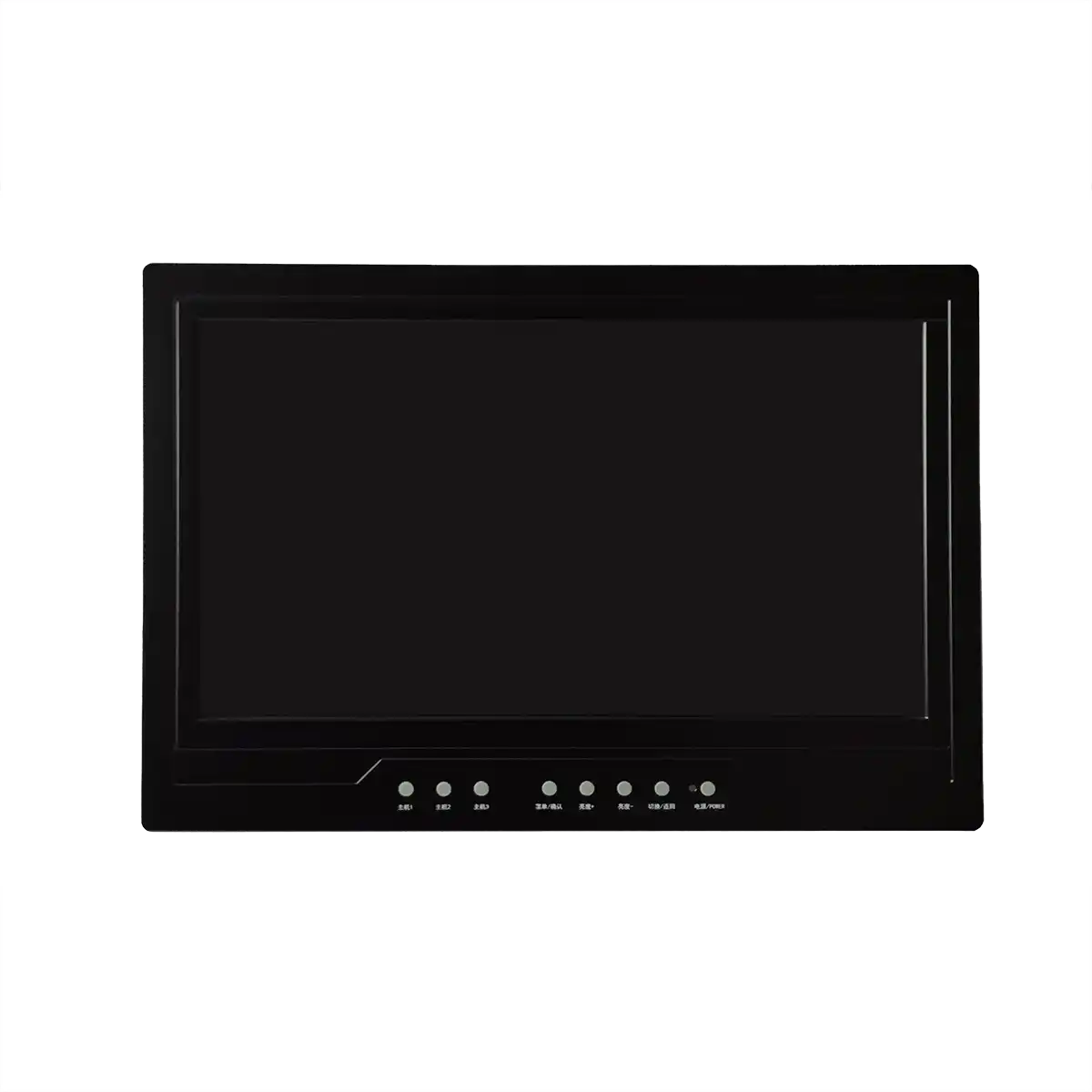AUO industrial LCD screen G185HAN01.1 as a solution for brain wave monitor screen
Introduction
LEEHON provides a screen solution for brain wave monitors in the medical industry, providing the AUO brand G185HAN01.1 model as the screen of the device. This LCD screen brings excellent display and performance to medical equipment with its high resolution, long backlight life and good stability.
The Historical Evolution of Brain Wave Monitor
The evolution of brain-wave monitors can be traced back to the early 20th century, when German doctor Hans Berger first recorded the signal on the human scalp in 1924 and named it EEG. The discovery marks the first time humans have been able to capture electrical signals of brain activity in a non-invasive way.
Subsequently, EEG technology has undergone several important developments and improvements. In 1932, Dietsch and Berger conducted further studies of electroencephalograms using Fourier analysis, which laid the foundation for subsequent research. By the 1970 s, infant electroencephalography (EEG) began to be used in clinical diagnosis,The 1980 s witnessed the emergence of digital EEG, which greatly improved the accuracy and reliability of EEG in clinical applications.
In the 1990 s, the combination of EEG technology and neural functional imaging technology has further promoted its application in cognitive neuroscience. At the same time, real-time digital EEG monitoring is becoming more and more important, and the inverse problem algorithm also makes EEG get new applications in cognitive neuroscience. In addition, the use of magnetoencephalography (MEG) and magnetic stimulation is increasing,The development of these techniques provides more complementary means for EEG.
With the progress of technology, EEG equipment is gradually developing in the direction of portability. In 2008, the first commercial consumer-grade portable EEG device came out, making it more convenient to monitor and study brain waves in daily life. Modern brain wave monitoring devices are not only technically highly sophisticated, but also comfortable for the wearer in everyday life.
In addition, brain wave monitoring technology is constantly integrating new scientific and technological elements. For example, the development of IC technology has made the low-frequency characteristics more stable, and researchers can explore the low-frequency brain waves in greater depth. At the same time, digital EEG has accelerated the study of high-frequency brain waves such as HFO and gamma waves.
From the initial paper records to the current digital records, the brain wave monitor has undergone an evolution from analog to digital, from laboratory to clinical to consumer products. This process not only reflects the progress of technology, but also shows the deepening and expansion of human understanding of brain activity.
The working principle of the brain wave monitor
Brain waves are signals generated by placing electrodes on the scalp to capture electrochemical reactions between neurons in the brain. These signals are formed by the sum of postsynaptic potentials that occur synchronously in a large number of neurons and reflect the overall electrical activity on the surface of the cerebral cortex or scalp.
Brain wave monitors usually include sensors, cables, hardware systems, and monitors. The sensor part is responsible for converting the weak electrical signals of the brain into recordable signals, which are then transmitted through cables to the hardware system for amplification and recording.
During the signal acquisition process, the sensor will capture the electrical signal on the scalp and convert it into a digital signal through an analog-to-digital converter for further analysis by the computer.
In addition, in order to reduce the resistance between the scalp and the electrode and amplify the intensity of the brain waves, the EEG will take some technical measures.
The recorded electroencephalogram (EEG) signals can be preprocessed and analyzed by various algorithms to identify different patterns of brain electrical activity, such as alpha waves, beta waves, theta waves, and delta waves. The characteristics of these brain waves can reflect the brain activities such as cognition, emotion and movement.
Brain wave monitor is mainly used in clinical diagnosis of nervous system diseases, such as epilepsy, migraine, brain tumor, etc. It can also be used to assess sleep quality, detect cognitive dysfunction, and study psychophysiological activity. In the field of scientific research, brain wave monitors are widely used in neuroscience experiments to help scientists study the relationship between brain function and behavior.
Modern EEG monitors also have intelligent interpretation algorithms that can automatically identify abnormal conditions such as background activity, sleep and wake cycles, and convulsions, and provide enhanced display and median calculation of upper and lower boundaries. In addition, some devices support remote map reading analysis, real-time monitoring of multiple measuring instruments and display aEEG waveforms and video images,It also has abnormal alarm function.
Application of Brain Wave Monitor
Brain wave monitors have a wide range of applications in modern medicine and scientific research, and their main uses include but are not limited to the following:
-
Electroencephalography (EEG) is a technique that dynamically reflects the functional state of the brain by recording electrical signals of the cerebral cortex.
-
It plays an irreplaceable role in the diagnosis and localization of epilepsy.
-
EEG is also used to diagnose and monitor many other brain diseases, such as encephalitis and cerebrovascular diseases.
-
For patients in critical care medicine, EEG can monitor brain function in real time and help evaluate the prognosis of patients.
-
In the neonatal field, EEG is used to monitor the brain function status of newborns and to evaluate their health status.
-
By analyzing the characteristics of brain waves, the sleep EEG online monitor can determine the different stages of sleep, thus providing important data support for the study of sleep disorders.
-
EEG technology is an important tool for neuroscience research, which can translate human brain activities in the form of visual EEG for the study of cognitive processes, emotional responses and neural mechanisms.
-
With the development of technology, EEG data acquisition and analysis can be carried out quickly in daily environment, and there are multi-modal synchronous analysis systems combined with near-infrared functional imaging equipment for more in-depth study of brain activity.
-
EEG technology is of great value in educational research, which can be used to monitor and record the changes of individual perception, emotion and behavior skills, and to assist students to regulate brain activity autonomously. In the field of psychology, brainwaves have also been used to assess concentration and relaxation in children with attention deficit hyperactivity disorder.
-
Brain wave monitoring can also be incorporated into brain-computer interfaces, using brain waves to control external devices such as prosthetics, robots and even video games.
-
In neurointensive care, EEG is used to monitor patients with cerebral edema and high intracranial pressure, and their slow wave activity is significantly improved before and after mannitol dehydration, thus reflecting the effect of drug treatment.
Brain wave monitor has shown its great potential and broad application prospects in many fields such as clinical diagnosis, scientific research, education and emerging technology applications.
Brain Wave Monitor Screen Solution
The AUO brand G185HAN01.1 model LCD screen selected by customers provides a series of advantages and solutions for brain wave monitors in the medical industry.
-
Detailed parameters:
-
Screen size: 18.5 inches
-
Resolution: 1920(RGB)× 1080, namely full HD (FHD)
-
Pixel arrangement: RGB vertical strip
-
Display brightness: 500 cd/m² (Typ.)
-
Contrast ratio: 1000:1 (Typ.) (transmission)
-
Visual angle: 89/89/89/89(Typ.)(cr≥ 10)
-
Response Time: 10/10 (Typ.)(Tr/Td) ms
-
Display Color: 16.7m (8-bit)
-
Color gamut: 72% NTSC (CIE1931)
-
Backlight type: WLED, life greater than 50,000 hours
-
Signal Interface: LVDS (2 ch, 8-bit),30 pins
-
Operating temperature:-20 to 70 ° C 22
-
-
Reason for selection:
-
High resolution: Provides a clear image display, which is very suitable for the high image quality requirements of medical equipment.
-
Long backlight life: WLED backlight life is more than 50,000 hours, ensuring the long-term stable operation of medical equipment.
-
Good stability: with good temperature range and seismic performance, to meet the needs of the medical environment.
-
-
Problem solved:
-
The improved image quality of the brain wave monitor allows doctors to read and analyze brain wave data more accurately.
-
It ensures that the equipment can work stably in different medical environments, and improves the reliability and durability of the equipment.
-
Improves the doctor's diagnostic experience by providing accurate color reproduction and a wide viewing angle, reducing the risk of misdiagnosis due to display problems.
-
Ending
In this article, we analyze the brain wave monitor in depth and show the solution provided by LEEHON. Our solution is highly adapted to the equipment needs of the medical industry. It not only solves the problem of brain wave monitor in terms of display accuracy and stability, but also brings digital solutions to the medical industry,Improved diagnostic accuracy and efficiency.
The G185HAN01.1 LCD screen provided by LEEHON, the high-performance characteristics of this LCD screen make it an ideal choice for brain wave monitors in the medical industry, meeting the high standards of precision, stability and durability of display equipment in the medical industry.
We understand the importance of continuous improvement and are committed to innovation and customer satisfaction. We believe that through our expertise and high-quality solutions, we can bring real value to our customers and drive the healthcare industry forward.
Recommended Articles
-
LEEHON's Comprehensive Screen Solution for the Paperless Meeting System
2024-11-29 -
LEEHON's Comprehensive Screen Solution for Healthcare Kiosk System
2024-11-29 -
G104XVN01.0 as a Solution for Wire-Cut EDM Machines
2024-10-09 -
G190ETN01.4 and G150XTN06.0 as Solutions for Rugged Industrial Computers
2024-10-09 -
TCG062HVLDA-G20 as a Solution for Transcutaneous Monitoring
2024-10-09 -
AUO industrial LCD screen G121EAN01.0 as a solution for spectrum analyzer
2024-09-06 -
BOE industrial LCD screen EV101WXM-N10 model as a solution for environmental data acquisition instrument screen
2024-09-06 -
LH058WV01 and M070AWAD R0 as a solution for VBar Control radio
2024-09-06 -
AUO industrial LCD screen G185HAN01.1 as a solution for brain wave monitor screen
2024-09-04 -
KYOCERA industrial LCD screen TCG070WVLQGPNN-AN40 as a solution for oil survey vessel control system equipment
2024-09-04 -
AUO industrial LCD screen G070VW01 V0 and G065VN01 V2 as a solution for gate machines in the security equipment manufacturing industry
2024-09-04 -
BOE industrial LCD screen BA104S01-300 as a solution for CNC machine tools
2024-09-04 -
Global Exclusive: 110-inch naked-eye 3D display is now on the market!
2024-08-30 -
INNOLUX industrial LCD screen G156HCE-L01 as a solution for kidney dialysis machine (hemodialysis machine)
2024-08-06


